What im curious to know is far are folks knocking things over with one these. The paper numbers suggest depending on the source 400 -600 yards for ethical kills .But we all know paper vs real use debate . So i am after your results and how your creedmoors goes ,looking forward to hearing your results . And yes i have one but yet to use it out in the field. Thanks in advance
Welcome guest, is this your first visit? Create Account now to join.
Welcome to the NZ Hunting and Shooting Forums.
Search Forums
User Tag List
+ Reply to Thread
Results 1 to 15 of 18
-
19-06-2020, 12:53 PM #1Member

- Join Date
- Nov 2018
- Location
- Blenheim
- Posts
- 380
Real world ranges for 6.5 creedmoor
-
-
19-06-2020, 02:52 PM #2Member

- Join Date
- Jul 2012
- Location
- Napier, Hawkes Bay
- Posts
- 4,460
I've witnessed @Flyblown poleaxe several deer out to 600m with his Howa 6.5CM using 143 eldx handloads. If you put it in the right place it works just fine out to that distance, he is well practiced at shooting at those distances tho.
-
19-06-2020, 03:49 PM #3Member

- Join Date
- Nov 2012
- Posts
- 1,527
I've shot a big stag at 500 although it was with my .260 but same bullet and only 50fps faster than the Creedmoor.
I've also shot others at 450 and goats at 480 with the Creedmoor. I know @Beenupto has shot reds over 500 with his .260 and the 143 ELDX.
.260 and Creedmoor are pretty much the same like I said only 50fps in it.
Sent from my CPH1903 using Tapatalk
-
19-06-2020, 06:59 PM #4Member

- Join Date
- Aug 2019
- Location
- Waikato
- Posts
- 216
Shot a big bodied red stag high in the shoulder last roar at 450m with 143gr ELD-X doing 2605fps which just fell over. Shot goats out to 600m no problem which is my personal limit for animals. Wouldn't hesitate to take on a deer as well at that range on a good day.
-
19-06-2020, 08:51 PM #5Member

- Join Date
- Nov 2018
- Location
- Blenheim
- Posts
- 380
Thanks guys thats the sort of info i was after
-
19-06-2020, 09:04 PM #6
600m all good with the right skills and appropriate drop testing. 650m starting to get a wee bit past my comfort zone. 700m absolute tops for me on a good sized goat. There is plenty of velocity and energy at that range but the environmental conditions can easily convince the bullet to do its own thing if you aren’t 100% on top of what’s going on out there, and everywhere in between.
To be honest in reasonable conditions I don’t really think twice about shots in the 400-600m range now, but it took a while with this rifle to develop that level of confidence, especially on bigger deer. It has to be blowing 40 bastards to make me uncomfortable. But even if it’s quite a stiff breeze, if it is a constant wind then I’m reasonably happy. Where it becomes really tricky is shooting over interim spurs and ridge lines, that’s where the wind can get a bit of a mind of it’s own.Just...say...the...word
-
19-06-2020, 11:52 PM #7Member

- Join Date
- Jan 2020
- Location
- Waikato
- Posts
- 293
have a look on youtube - plenty of videos taking deer at long range - there was a video floating round of a kiwi shooting deer at 700+ using 147ELDM in 6.5cm - at long range apparently the match ammo expands pretty well as it's slowed down, better BC, better sectional density, holds energy further
-
20-06-2020, 08:30 AM #8
Shoot within your comfort zone distance wise and gradually creep up. Flyblown is pretty much right on the money. But if you want to set an absolute limit the often quoted 1000 ft lbs at the business end might be a good start.
-
20-06-2020, 08:39 AM #9Member

- Join Date
- Jul 2019
- Location
- Auckland
- Posts
- 1,226
If you reload and are wanting max range from a short hunting rig you may want to go for a .260 over a 6.5 Creedmoor simply because a shorter 260 will produce the same fps as a longer 6.5 creedmoor.
I actually just took back a 6.5 Creedmoor and swapped it for a 260 for this reason. If you don't reload and are using factory ammo and don't care so much about barrel length I'd go for the 6.5 Creedmoor as .260 ammo is not as common.
-
20-06-2020, 09:08 AM #10Member

- Join Date
- Jan 2020
- Location
- Waikato
- Posts
- 293
for that - according to shooters calculator - factory loads of 143g ELDX are good to 700y, 147ELDM are good to 725y. That said energy on target isn't the be all end all - projectile expansion, energy transfer into the target instead of punching through, sectional density, shot placement are all vital.
-
20-06-2020, 11:01 AM #11
Whilst itís a good idea to have a sense of minimum thresholds, I reckon one of the biggest influences on whether Iím happy to take the shot or not is the nature of the shooting position. Iíve got to be 100% comfortable, setup right. I really donít like shooting uphill for example, unfortunately my old body doesnít do too well trying to flex the back and neck in the prone position, and I donít much like having the bipod fully extended. I also hate being on sloping ground across the line of sight.
Me and @Wingman had one properly insightful experience where we were shooting pest goats side by side from a small knoll on top of bluffs. He was on flat ground, with a good lie, I was next to him with my body at a poor angle to the line of sight, with my legs falling away. He made three or four clean kills, I missed two or three in successive shots. Iíd been shooting goats from that exact spot for a long time, so was (a) embarrassed and (b) pissed off. So we swapped positions, and waited for the goats. Bingo, I knocked them over, he missed. The influence of our respective lies was massive.
Iíve always known how important the shooting position is, and that time I broke the rules, and we were able to clearly demonstrate the effect of a poor lie by swapping.
So for all the talk of internal / external ballistics, which rifles, wind, BC, bullet construction and so on, thereís also some Shooting 101 to remember. If there are any sub-standard ďsetupĒ variables, then youíre much more likely to get a bad outcome, and yet frequently that gets blamed on something firearm or projectile related, and totally skews the analysis of what a particular rig is capable of.Just...say...the...word
-
20-06-2020, 12:53 PM #12
Yes that day was an important lesson.
I cant recall the ranges but from memory is was only 230m to 300m? Not a push by any means in regards to challenging shooting and the weather conditions were perfect. The strange part was once we switch sides I couldnt even explain how we were missing.. Im pretty sure I dumped a 5 shot mag and connected with nothing once we swapped. I think I was running the 6.5x47 Lapua barrel that day but very much the same ballistics as @Flyblown Creedmoor.
Some pics to help with the above description..
This was from my right hand comfortable position:
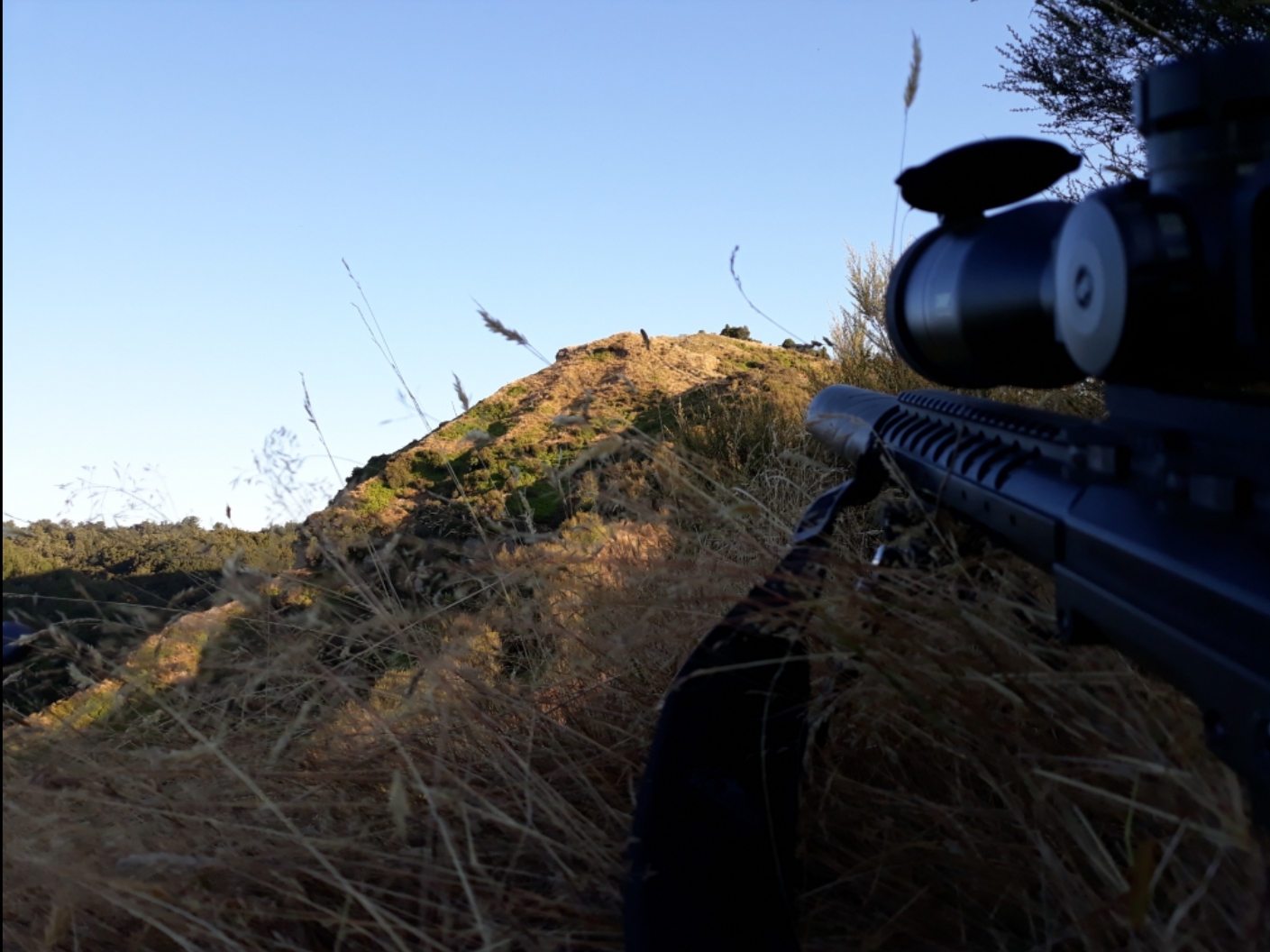
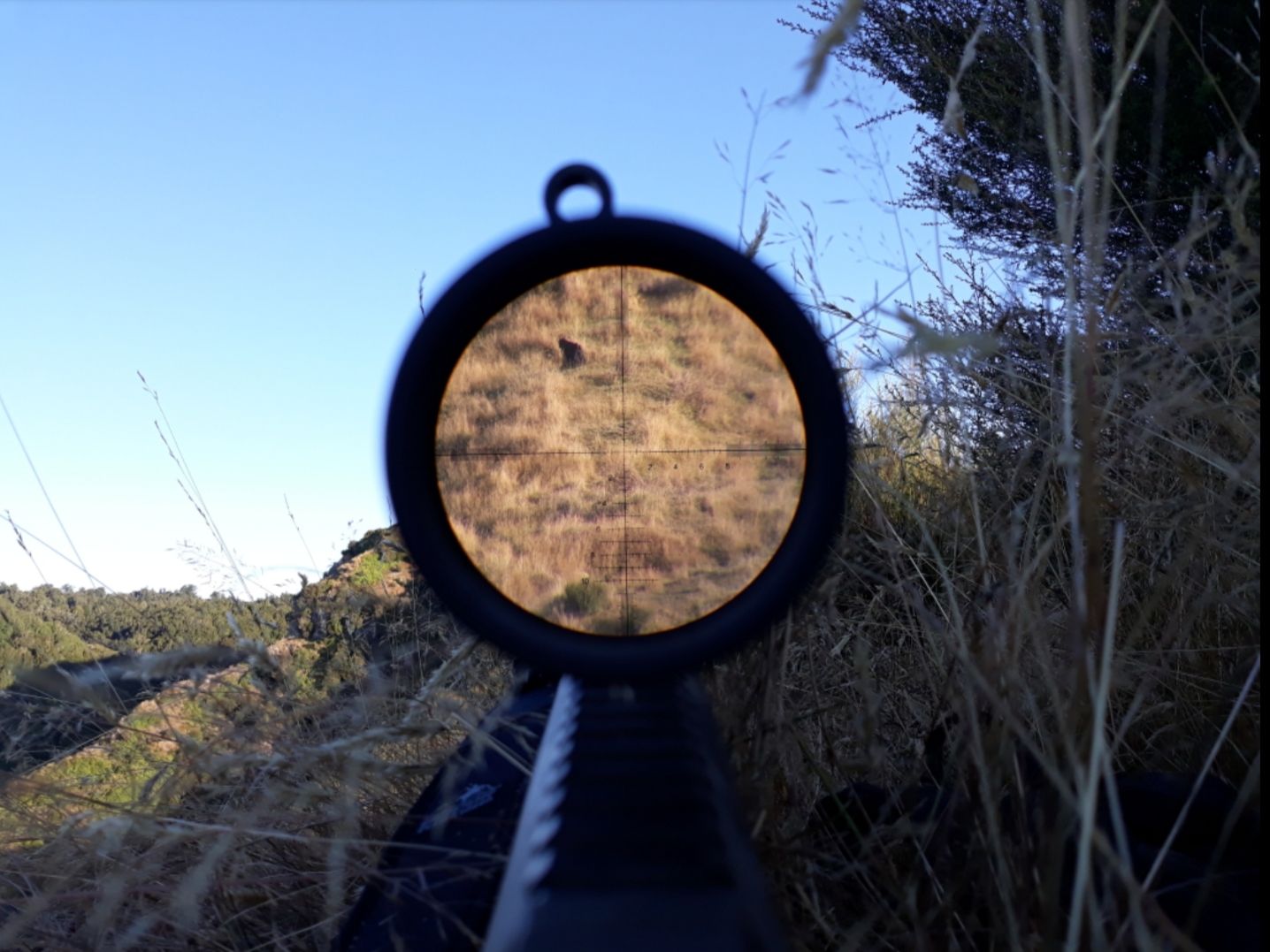
This from the left;
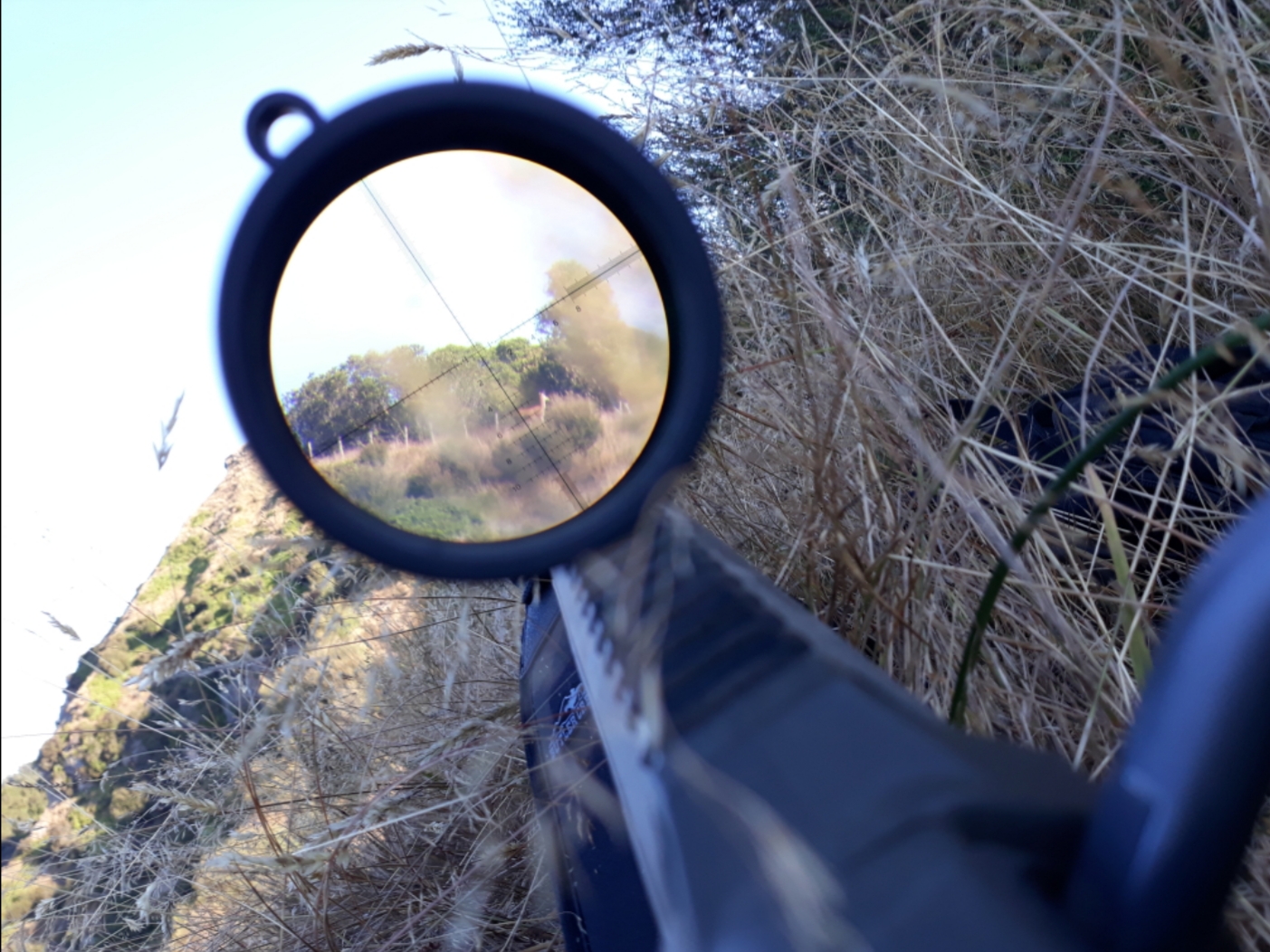
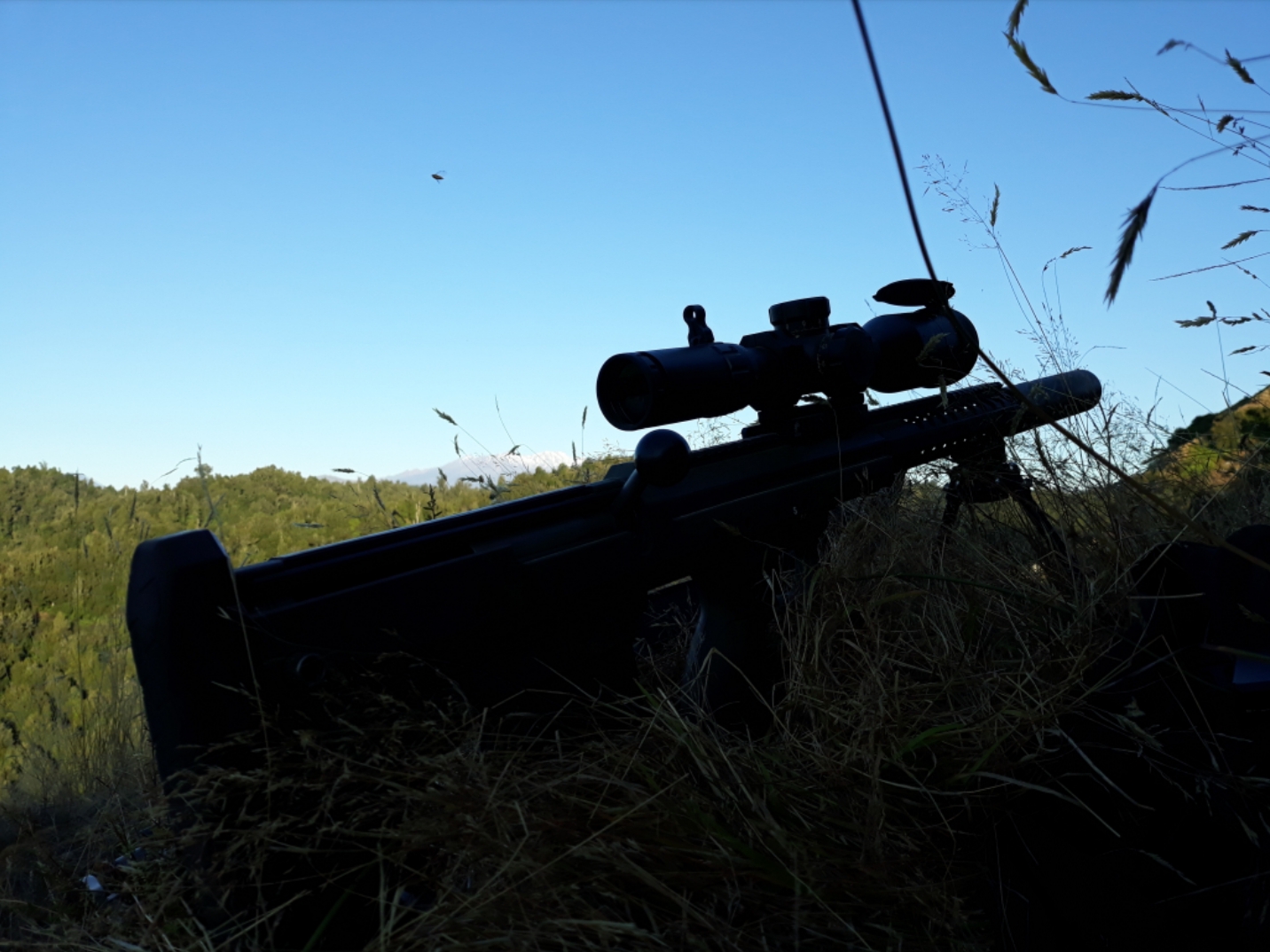
Hard to see just how much we were shooting up hill but this pic of Flyblowns Creedmoor in the left position gives some idea.. the drop off he was laying next to dissapears vertically of the edge with a massive drop so thst adds to the discomfort levels too
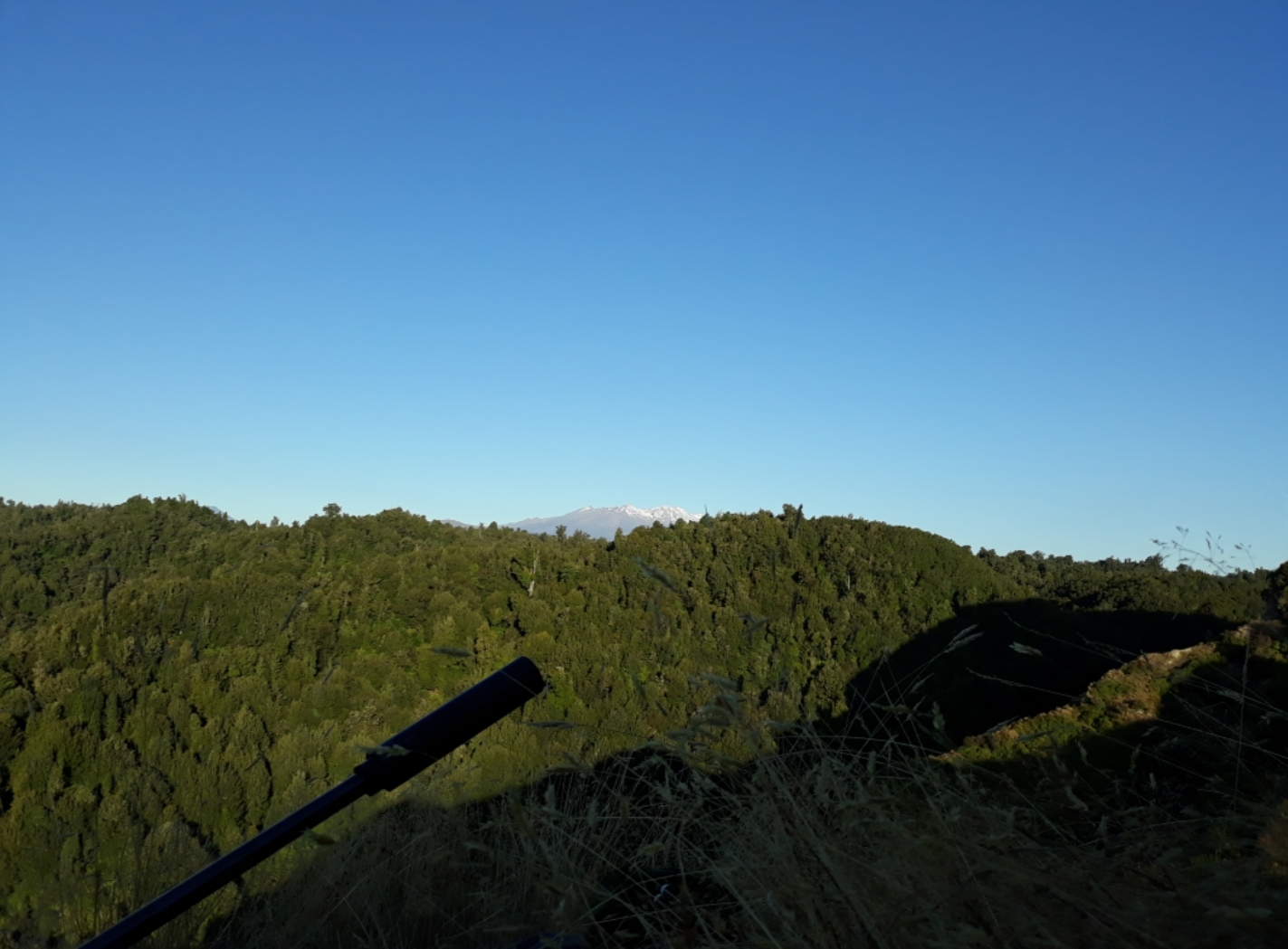
This is a pic looking back at the small mound we were shooting off.. you can see it drops away but it was also in a hole. Not the most natural prone position with such a twist and big arch in your back
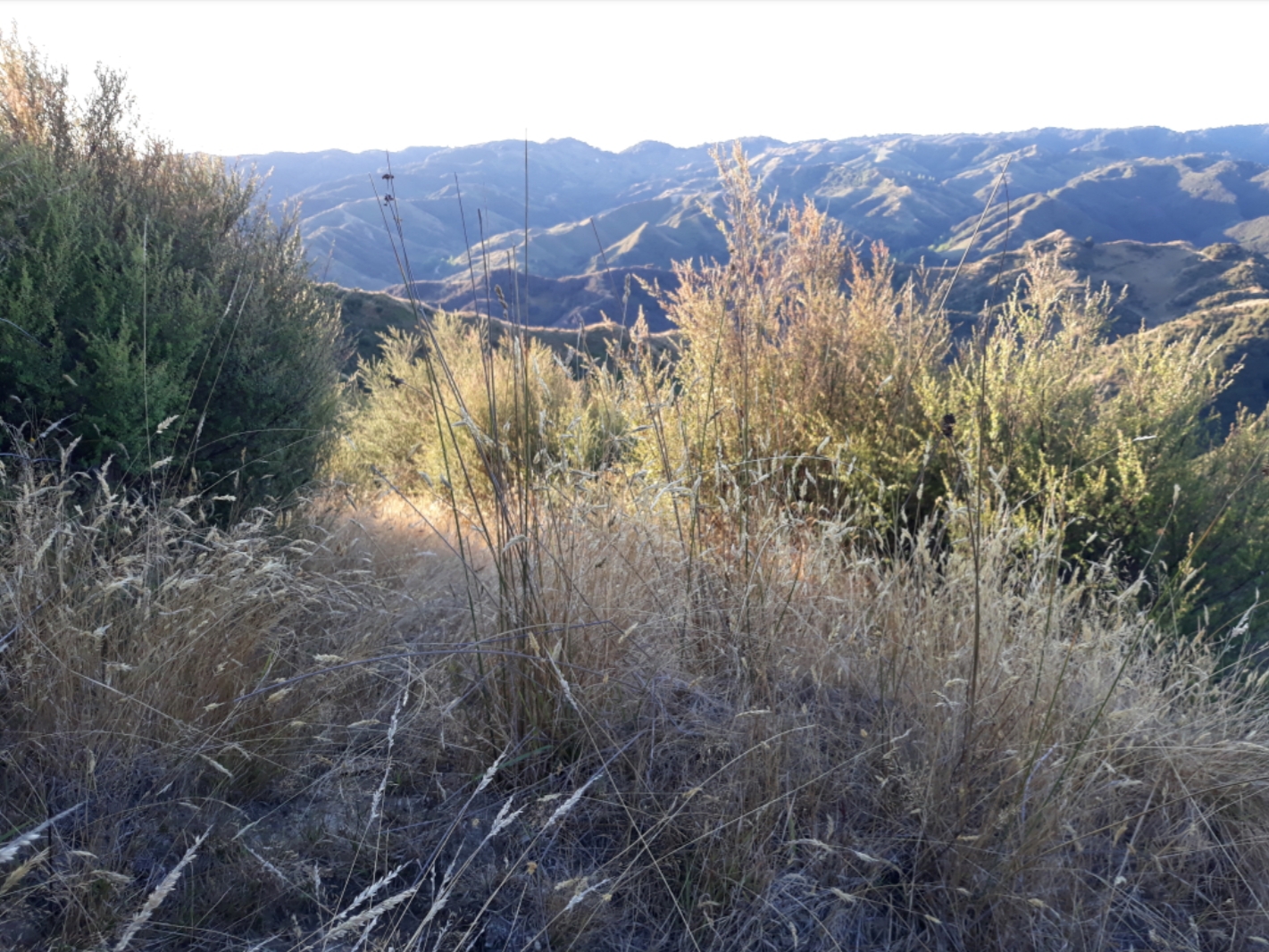
-
20-06-2020, 01:27 PM #13Member

- Join Date
- Jul 2012
- Location
- Napier, Hawkes Bay
- Posts
- 4,460
Yes absolutely this. Ive made some terrible shots and missed animals completely due to very poor setup position. Sometimes its just very tricky to get into a suitable position but if you have the time you should take the time to find a good comfortable spot to shoot from.
-
20-06-2020, 02:08 PM #14
We both totally redeemed ourselves on the walk out from that position with 3 goats at 580m across another large ravine.. very satisfying watching them free fall from a rock face.. life time memories made that day for sure!
Both the creedmoor with 143gr ELDX and the 6.5x47 Lapua with 130gr TMKs killed very well at those extended ranges.
I am now using the 147gr ELDX in my creedmoor which also were very effective at instant kills at 500m last trip we did
-
20-06-2020, 07:18 PM #15Member

- Join Date
- Aug 2019
- Location
- Waikato
- Posts
- 216
Similar Threads
-
Real world .223 use
By mcche171 in forum Reloading and BallisticsReplies: 13Last Post: 30-05-2017, 04:56 PM -
190 Accubond Long Range / 300 WSM real world data ?
By akaroa1 in forum Reloading and BallisticsReplies: 0Last Post: 06-07-2016, 06:56 PM -
Real world data
By Nakiboy in forum ShootingReplies: 2Last Post: 08-09-2015, 08:38 PM -
Barrel length Real World
By Cartman in forum Firearms, Optics and AccessoriesReplies: 13Last Post: 18-10-2014, 03:57 PM -
Bino FOV: which is of more use in the real world
By Proneshooter in forum Firearms, Optics and AccessoriesReplies: 2Last Post: 20-05-2014, 06:44 PM
Tags for this Thread
Welcome to NZ Hunting and Shooting Forums! We see you're new here, or arn't logged in. Create an account, and Login for full access including our FREE BUY and SELL section Register NOW!!





 25Likes
25Likes LinkBack URL
LinkBack URL About LinkBacks
About LinkBacks



 Reply With Quote
Reply With Quote



Bookmarks